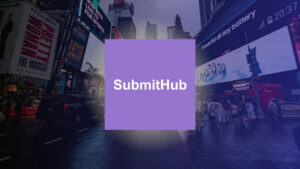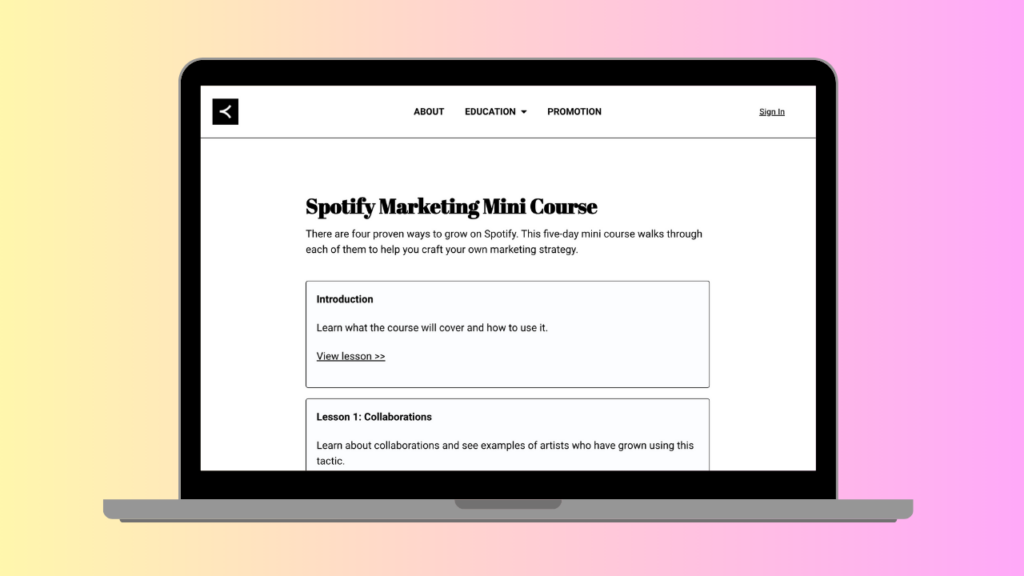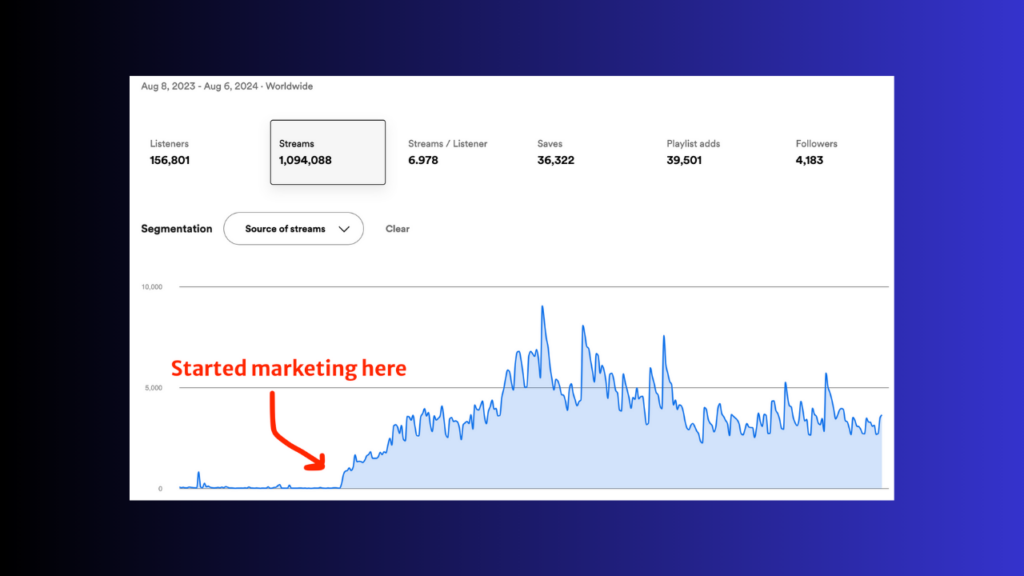Well, you asked for it.
Last week, I surveyed this list to see if you guys would be interested in hearing about the results from my week of membership promotion. I got enough variations of “sure, I guess,” that I’m going to go ahead and share.
(Although as I write this, I’m realizing that the odds are incredibly high that you, specifically, did not ask for this information. Sorry if that’s the case, but at this point I’ve already mentally committed to writing this email. Please direct your complaints to editor@twostsorymedia.com.)
Here’s what happened when I promoted my Spotify growth membership to a list of roughly 11,000 people.
The backstory on the promotion
(Rambling side note: I always struggle in knowing how much backstory to give. My default is to offer as much context as possible, but I’m also wary of oversharing.
I don’t want to be that guy at the party who, when asked what he does for work, opens with, “I was born in 1992 on a dark and stormy night in an understaffed hospital off of interstate 94. My mother, a kind-hearted woman with a wingspan over six feet, sold perfume in rural Wisconsin. But she passed when I was seven. My father, a semi-professional wrestler, was gregarious inside of the ring but reserved outside of it. After we lost mom, he was stoic to the point of coldness toward everyone but Bert, his beloved chihuahua. I worked my fingers to the bone trying to make that dog happy. It’s only recently that I realized I was really working to make my father happy with me.”
Anyway, that’s how I got into dog training.”)
Quick context: I launched the Million+ Streams membership in January with an initial class of about 50 members.
It’s been a really fun ride for the past six months, but I wanted to a) increase the revenue impact on my business, and b) spur more engagement and discussion within the group, which I think requires a certain critical mass of community members.
So I went into the past quarter with the goal of getting to 100 total members. I knew that, in order to do that, I needed to promote the membership again.
In May, I sat down to think through what that might look like.
What I ended up doing
You were here for my promotional efforts, presumably. But that was two weeks ago, which is an eternity, and at this point even I’ve forgotten what I did. So here’s a quick recap based on my notes.
The offer focused on access to six months of Spotify trainings – the trainings I’d recorded over the first six months of the membership. I thought this was a pretty good deal, since new members will only get access to the new monthly trainings in the future.
I sent a total of seven emails: one the week before the offer to let people know promo was coming, then six total during the week of the promotion (including two on the final day, the latter of which was just a short, basic reminder email).
And that’s about it – I didn’t really do anything else.
I briefly considered running Facebook ads, filming a sales-focused YouTube video, and recruiting other music marketers to promote the offer. But in the end, I opted to keep things simple.
I did write all of the emails the week of the promotion, though. I’ve considered pre-writing content (like, say, drafting all the emails the month before). But I feel more engaged in promoting something when I’m writing day by day.
The downside of the day-by-day approach is that it really does tire me out. I’m not a fast writer, believe it or not; it takes me 2-4 hours to write a typical email. So when I finish a promo week, I’m dead tired of typing. And between the extra writing, extra responding, and my normal work, I end up feeling obnoxiously busy.
The results
I’ll start with the headline, first: a total of 40 new members joined, bringing the total size of the community to 97 people.

You’ll notice that two people signed up and then almost immediately asked for refunds – not fun, but it happens. Overall, the response from new members has been really positive.
I did have a few people respond to last week’s email and tell me that they were annoyed with my focus on a deadline, since in their view, it seemed like kind of a sleaze-ball sales tactic.
I get that. When you create a digital product and then create your own deadlines to go with it, it can feel kind of arbitrary.
But here’s the reason I do it:
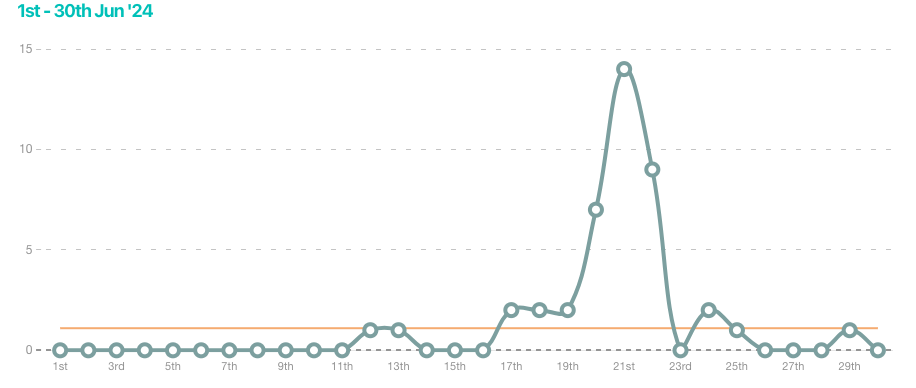
The top of that spike (which, in case you’re wondering, represented 14 signups) came on the final day of the promotion.
People procrastinate. If you don’t give them a deadline, they procrastinate until they die. I say this as a veteran procrastinator speaking from three decades of experience.
When you introduce a deadline, you give people incentive to act. As you can see, most people wait until the end is imminent to take action (which, come to think of it, is probably why climate change activism is so hard). 53% of new members joined within the final two days of the promotion.
Interestingly, nine people joined the membership after the deadline had expired (represented by the dot coming down from the top of the spike). Those folks didn’t get access to the trainings I’d been advertising, but the membership itself is always open, so they just jumped in late. And that’s all to the good, because in case I haven’t told you, I think the standard offer is still pretty sweet.
Finally, here’s a quick look at how each email performed:
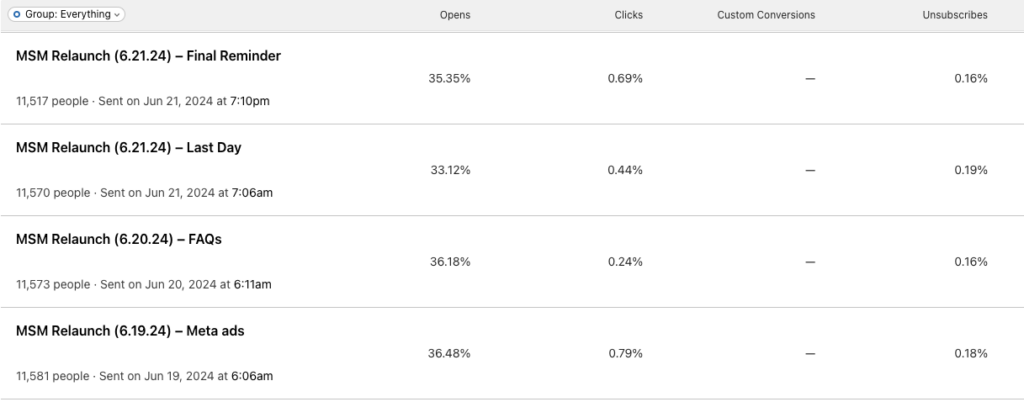
I think you can click on the images above to make them bigger, but in case you’re finding the little numbers hard to see, these are the highlights:
I started the promotion with a segment of 11,560 people. Our total list is just over 16,000, but I usually exclude about 5,000 contacts from our marketing content.
Our average open rate was right around 37% (4,277 people). Our average click-through rate was right around 0.60% (69 people).
The most-opened email was my “Friday Teaser” email, in which I told people I’d be promoting the membership and also provided a link to skip the promo for the uninterested. The most-clicked email was my “Genre Playlists” email, in which I walked through my strategy for building networks of Spotify playlists.
The least-opened email was my “Last Day” email, in which I talked about how I don’t like selling stuff. The subject line for that one was “death of a salesman,” which, looking back, is pretty irrelevant and confusing.
Funnily enough, despite that email being a flop, the last day sales still came through.
So what’s the takeaway from all of this?
I’m sure there’s much more to glean, but here’s what I’ve got:
1) If you want people to remember something, you have to tell them about it more than once.
Case in point: Last week, I sent an email asking for feedback on the promotional material, and an impressive number of you responded with, “Oh, I didn’t know you were doing a promotion.”
It’s always helpful to recognize the disconnect in how we perceive our messages versus how others perceive them. Like, I feel pushy sending one email. I know many artists who feel pushy making one Instagram post about a new track.
But the reality is that our audiences only see a fraction of the stuff we put out, even when we feel like we’re pushing it. So it seems like it’s usually better to err on the side of repetitive messaging, at least in a digital context.
Maybe I’ll send 30 emails next time.
(Don’t worry, I’m much too slow a writer for that to be a realistic threat.)
2) Urgency incentivizes action.
Without a deadline, I’m not sure I would’ve gotten 20 new signups. If you’re an artist selling merch, tickets, or Patreon tiers, this is something worth thinking about.
In other words, don’t expect that just because you have a shop page on your website, people will buy your t-shirt. If you actually want sales, then think about ways to communicate legitimate scarcity or urgency: limited stock, limited timeframes to buy, etc.
I get that this can feel weird or arbitrary, but to ignore it is to ignore human nature.
All right, that’s all I’ve got for today.
Hopefully this was helpful, or at least mildly interesting. But even if it was neither, at least I’ve got it all out of my system now.


